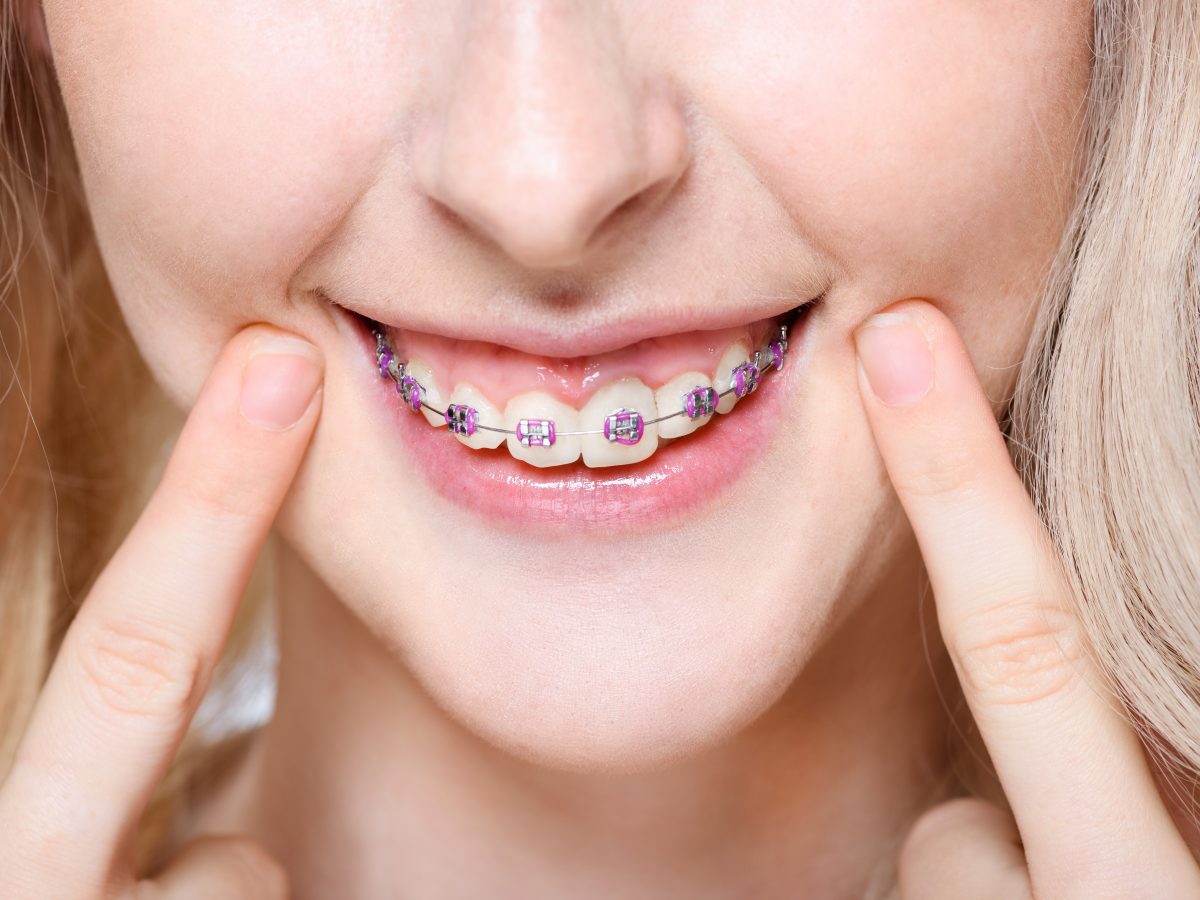Discovering the Right Cumming Orthodontist for Your Braces and Aligners Demands
Wiki Article
Comprehensive Guide to Orthodontics Treatments for Dealing With Oral Imbalances
Understanding the complexities of each procedure, including their mechanisms, advantages, and prospective disadvantages, is important in making informed decisions about one's orthodontic therapy. As we browse through the detailed guide to orthodontic treatments for fixing dental imbalances, the elaborate information of each technique will unfold, losing light on the path towards a harmonious and useful dental positioning.Orthodontic Procedures Summary

In addition to clear aligners and standard dental braces, orthodontists may additionally recommend various other treatments like headwear, palatal expanders, or retainers to address certain placement issues (cumming orthodontics). These procedures are tailored per patient's special needs and might entail a mix of treatments to attain the preferred results. Normal changes and monitoring are important parts of orthodontic therapy to make sure progression gets on track and to make any type of required adjustments along the road. By undertaking orthodontic treatments, people can not only achieve a straighter grin yet also boost their overall oral wellness and function.
Conventional Dental Braces: Just How They Work
When considering orthodontic treatments for dental misalignments, traditional braces stand out as a time-tested method for correcting teeth positioning. Traditional braces consist of brackets, cords, and bands that function with each other to use continual stress on the teeth, slowly moving them into the wanted placement.
One key facet of just how standard dental braces work is the process of bone remodeling. As stress is put on the teeth with the braces, the bone surrounding the teeth is improved to sustain the new tooth settings. This renovation is vital for the long-lasting stability of the corrected alignment. Patients will certainly need regular adjustments at the orthodontist's office to make certain the dental braces continue to use the appropriate pressure for efficient teeth motion.
Invisible Aligners: Disadvantages and pros
These clear, customized trays are essentially unseen when put on, making them an attractive option for individuals looking for a more cosmetically pleasing orthodontic treatment. Clients can remove the aligners prior to eating or brushing their teeth, minimizing the danger of food getting stuck in the device and streamlining the cleaning process.
Surgical Orthodontic Options
Surgical interventions in orthodontics existing feasible choices for addressing intricate dental imbalances that may not be effectively settled with conventional orthodontic therapies. While unnoticeable aligners and typical braces can deal with lots of orthodontic issues, particular situations require medical intervention to achieve optimum outcomes. Surgical orthodontic options are commonly advised for severe malocclusions, considerable jaw disparities, and instances where the underlying bone framework needs modification to accomplish correct alignment.One typical medical orthodontic procedure is orthognathic surgery, which includes rearranging the jaws to correct practical problems veneers such as periodontist near me trouble chewing or speaking. This surgical procedure is typically executed in collaboration with an orthodontist who assists line up the teeth prior to and after the treatment. Surgical orthodontics may likewise include treatments to reveal influenced teeth, remove excess gum tissue, or reshape the jawbone to produce a much more unified face account.
Prior to considering surgical orthodontic choices, individuals go through a thorough evaluation to determine the necessity and prospective benefits of such interventions. braces. While surgical treatment might seem complicated, it can considerably improve both the function and looks of the smile in instances where standard orthodontic therapies drop short
Retainers and Post-Treatment Treatment

Post-treatment treatment entails following the orthodontist's guidelines faithfully. This might consist of correct dental health methods, participating in follow-up consultations, and putting on the retainers as suggested. Failing to abide by post-treatment care instructions can result in relapse, where the teeth progressively return towards their original positions. Regular retainer wear, great oral hygiene, and regular oral exams are essential for keeping the results achieved through orthodontic surgical procedure and making sure the long-lasting stability of the corrected oral positioning.
Conclusion
In verdict, orthodontic procedures use various choices for dealing with dental imbalances. Traditional braces make use of metal brackets and cables to change teeth into appropriate placement. Unnoticeable aligners supply an even more discreet option yet may not appropriate for all instances. Surgical orthodontic alternatives are available for a lot more extreme misalignments. Retainers are frequently made use of post-treatment to keep the new positioning. On the whole, orthodontic procedures can efficiently enhance oral wellness and aesthetic appearance.As we navigate through the comprehensive guide to orthodontic procedures for fixing dental misalignments, the complex information of each technique will unfold, dropping light on the path toward a functional and harmonious oral placement. - orthodontics
One of the most common orthodontic therapies is the usage of dental braces, which are composed of steel braces and cables that apply gentle stress to progressively change teeth right into the preferred setting.When thinking about endodontist orthodontic treatments for dental imbalances, standard dental braces stand out as a tried and true technique for fixing teeth positioning. Additionally, unseen aligners might not be appropriate for complicated orthodontic issues that require even more substantial teeth motion, as they are generally recommended for moderate to modest cases. Retainers are personalized orthodontic devices developed to hold teeth in their corrected settings after the conclusion of orthodontic treatment.
Report this wiki page